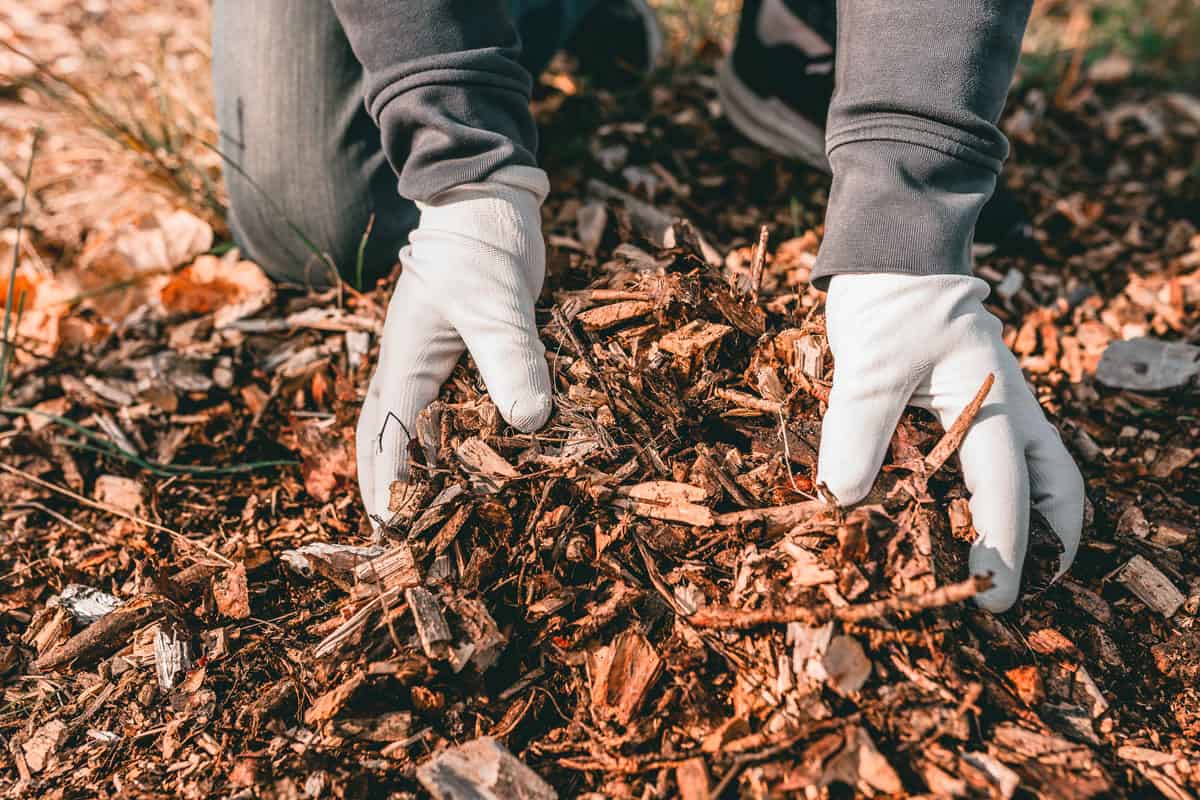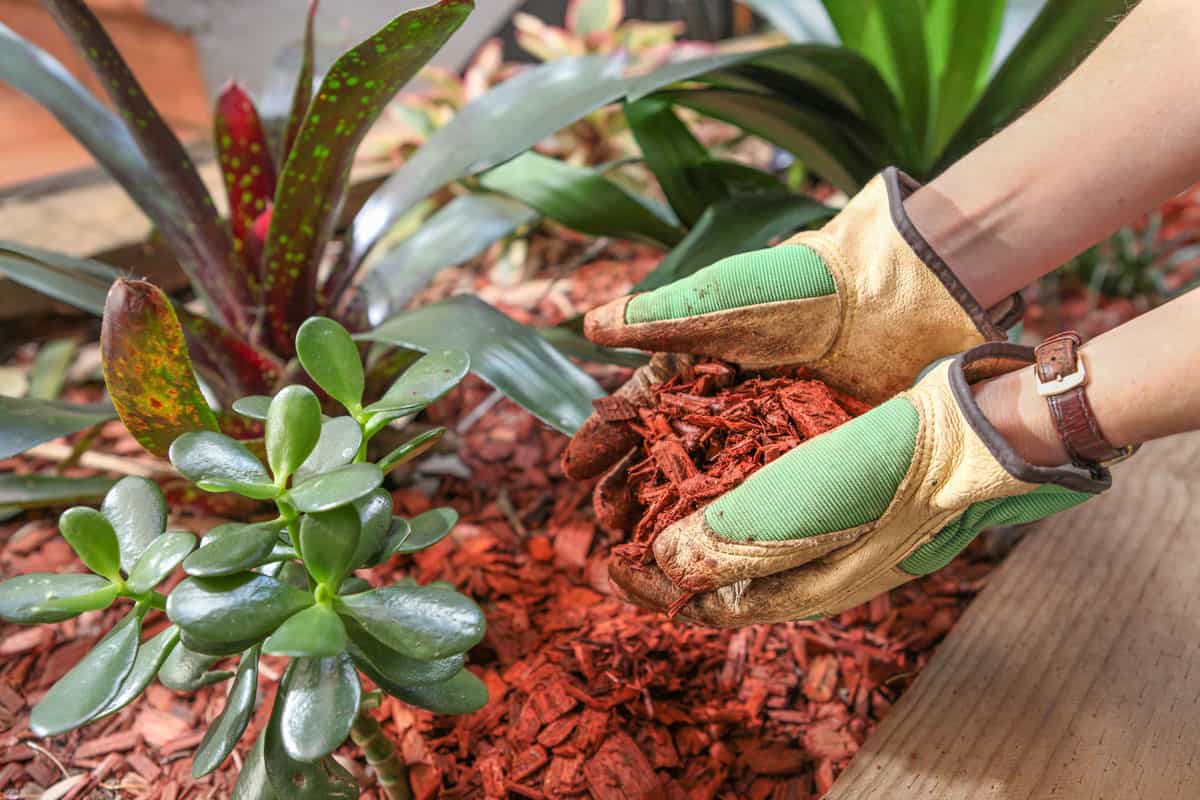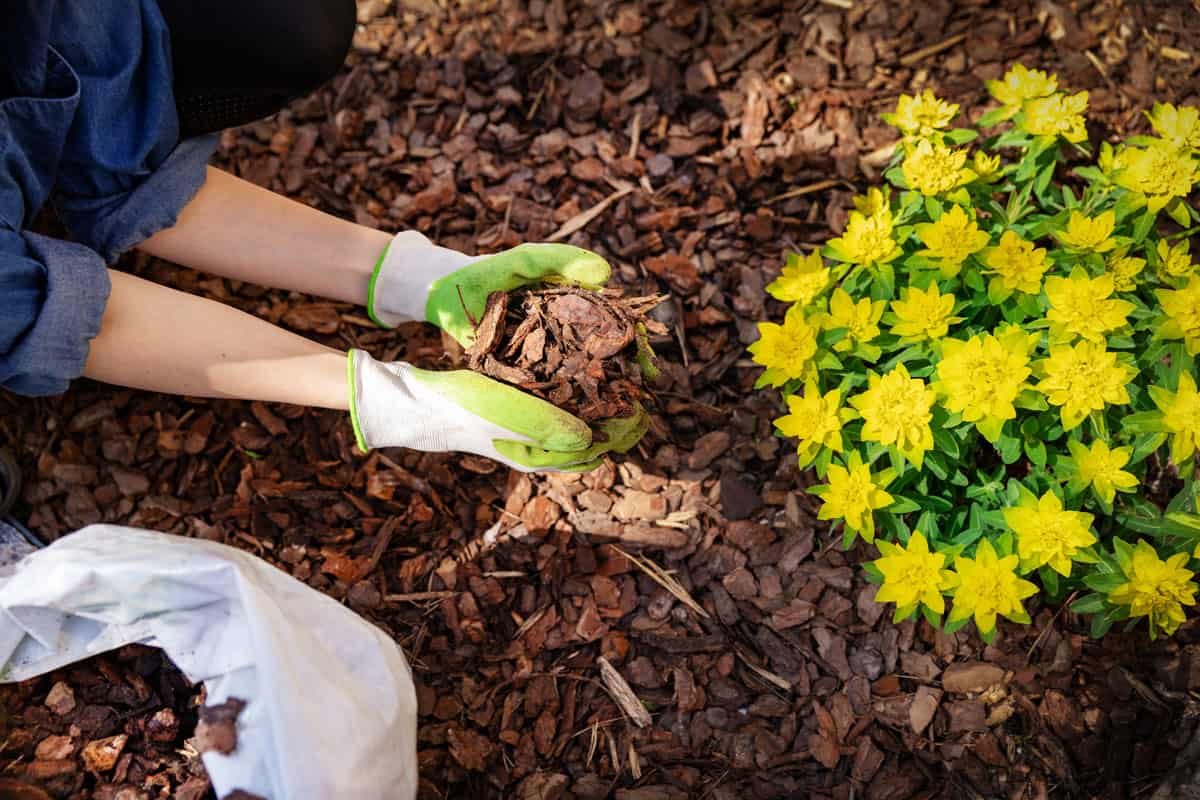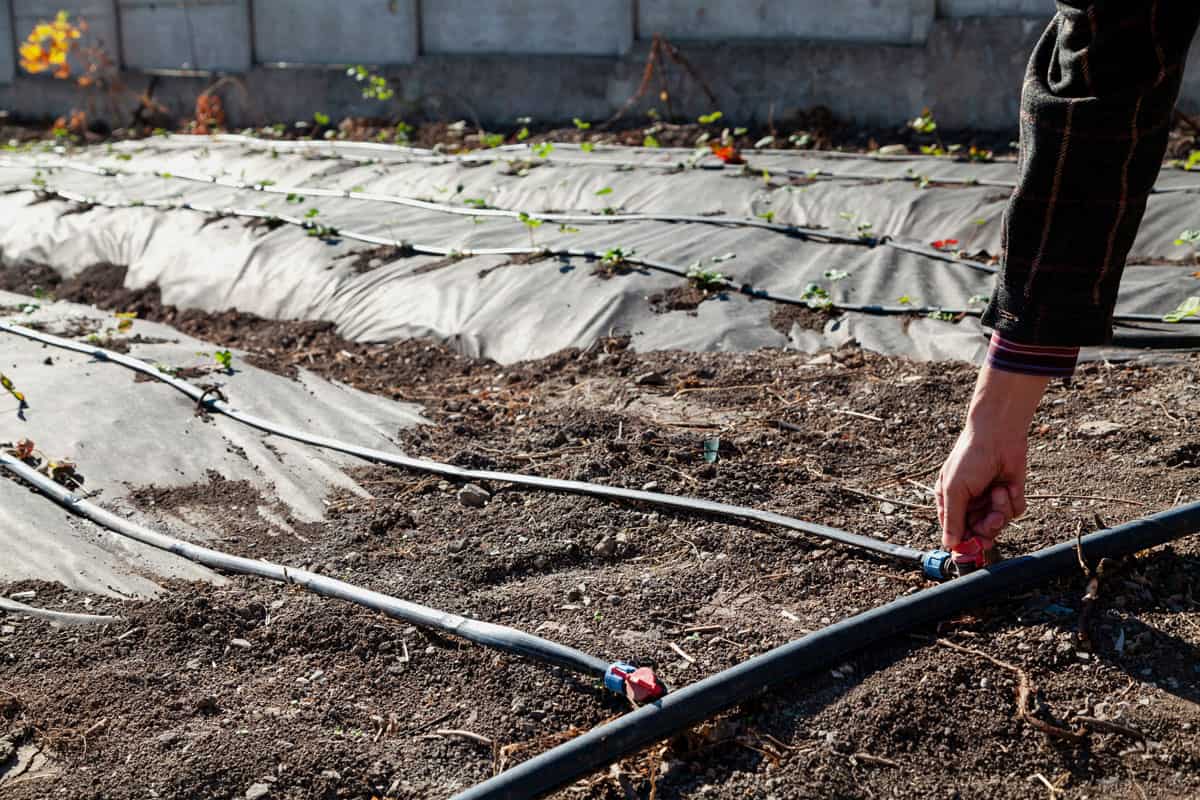Drip lines are an efficient way of watering plants. Have you installed these lines in your garden? Are you thinking about adding mulch and wondering if the lines should go above or under it? If so, we’ve got you covered. We have researched this topic to come up with an answer for you.
Mulch should cover the drip lines. Drip lines should not be buried under the soil. If you don’t like seeing the tubes, you should cover them with mulch.
Putting drip lines on top of mulch may keep water from reaching the plants. You will end up watering the mulch instead of the plant.
We will discuss this subject thoroughly in this post. We will also provide insights on drip irrigation and how helpful mulch can be. Continue reading for more details on this subject.
Why Should Mulch Cover Drip Lines?
Drip lines are effective in keeping plants watered without the difficulty of using an old-fashioned garden hose.
For drip irrigation to be efficient, drip lines should be placed directly above the plants' roots so that when water is dispersed, the roots will absorb it directly.
Burying the lines will cause many issues, so you should put mulch over them instead. The mulch will make the garden look natural. Apart from serving as a drip line cover, it has many purposes.
Putting the drip lines on top of the mulch will not ensure that the water will reach the roots of the plants. This setup will look like you are watering the mulch, not the plants.
Covering the lines with mulch reduces water evaporation, and moisture is retained, which keeps the soil from drying out.
When covering the drip lines with mulch, make sure that you don’t bury them. A layer of two to four inches of mulch will be enough to do the job.
Tips When Covering Drip Irrigation

We mentioned in the previous section that you should cover the drip lines with mulch. However, there are some factors you should consider before hiding the drip lines with mulch.
Cover Drip Lines After Seed Germination

To maximize mulching, make sure that you cover the drip lines after the seeds have sprouted. Prematurely covering the drip lines will result in poor seed germination.
Wet The Mulch

After you have settled the mulch, make sure to water it. This will keep the mulch in place. Doing this will also prevent the soil from eroding. Products like the one below will help to keep the mulch in place.
Click here to see this mulch anchor on Amazon.
Don't Cover The Whole System
Covering the drip lines with mulch doesn’t mean covering the entire system. You have to watch out for the emitters.
The emitters should not be covered because the water will not drip through. The pressure from the emitters is not strong enough to pass through the mulch.
The emitters may also clog if they're covered. This will result in the inefficiency of the entire drip system.
Use Dry Mulch
As mentioned earlier, you should only wet the mulch to keep it in place. Dry mulch is easy to spread, so wait for organic mulch to dry before doing so. Wet inorganic mulch may be a haven for pests, so it’ll be more of a problem than a benefit.
What Are The Advantages Of Mulch?

Aside from drip line covering, there are also a lot of advantages to mulching.
Organic mulch, composed of leaves, twigs, fallen branches, or hay, helps conserve moisture in the soil. This feeds plants and other microbes in the soil. Covering your garden with mulch boosts the development of plants.
Weeds will not grow where the mulch is. Mulch provides shade for the soil, thereby inhibiting the growth of weeds. In addition, covering the soil with mulch will make landscape maintenance easier. Mulch also reduces soil erosion.
Adding mulch to your garden will help lift plants off the ground and prevent them from rotting. In cold regions, covering a garden with plastic mulch will help keep the soil warm.
What Types of Mulch Can You Use to Cover Drip Lines?

There are different types of mulch you can use to cover drip lines. Most options will protect the soil and drip lines and make your garden attractive.
Organic Mulches
These types are made of materials that decompose at different rates, like wood chips, bark, straw, hay, and leaves.
Wood And Bark Chips
If you choose this type of mulch, use medium to coarse-grained chips. This is long-lasting and will make your garden look beautiful.
Wood and bark chips are also cheap and readily available. This type of mulch also decomposes slowly, so it’ll help improve the soil better than inorganic material.
Wood chips are easily handled—you can just lay them down and rake them evenly, and your drip lines will be covered.
Another advantage of wood and bark chips is that they cannot be blown away by the wind, so they stay in place. Keep in mind that they may not stay in place when you put them on slopes.
You should avoid cypress wood chips because they do not decompose easily. They will likely disrupt water movement in the soil instead of keeping the moisture in.
Grass Clippings And Shredded Leaves
Grass clippings and dried leaves are easy to obtain and usually free. However, you must ensure that they’re spread thin so that they dry evenly.
Thick grass and leaves will cause foul odors while they decompose. These will also trap heat in the soil. With that said, it is better to use composted leaves and grass.
You should also note that not all plants are compatible with leaf mulch because of moisture retention. Moreover, leaves should be shredded before you use them as mulch, or else they’ll blow away.
Pine Straw
Pine needles or straw make attractive mulch. Pine needles are good for acid-loving plants such as azaleas and hydrangeas.
If you live in an area where pine trees are abundant, this is the way to go. Pine needles serve as a great barrier because they mat together easily.
Straw
Straw can be easily applied, especially in raised beds. It also looks good as mulch. Note that applying straw on a windy day will be difficult as it will not stay in place. It may be effective in covering drip lines but not as effective in keeping the weeds out.
Inorganic Mulches
Inorganic mulches include materials like plastic, gravel, and stones.
Black Plastic
Black plastic is often used to cover vegetable gardens to keep them warm during cold days. It can help improve the yields of many vegetables and keep some pests away.
Plastic is readily available and inexpensive, but it does have drawbacks. Although it is a good option if you have drip irrigation, plastic can negatively impact the flow of air and water, especially rainwater.
Apart from water restriction, black plastic is not visually appealing. It also tears easily, and when it does, it can be difficult to dispose of.
Lastly, when plastic tears, it won’t keep the weeds from growing. In fact, it might have the opposite effect.
Click here to see this plastic mulch on Amazon.
Gravel And Crushed Stone
These materials are useful when you are covering plants that are subject to crown rot. They come in different colors and shapes, which makes them attractive. However, they require considerable upkeep.
You may want to avoid using grave and crushed stone if you’re not looking for permanent mulch. They tend to mix with the soil and are difficult to remove.
Whatever type of mulch you choose, make sure that you’ll get the most benefit out of it. Aside from covering the drip lines, you want to ensure that adding mulch will not harm the plants.
In the end, organic mulches are a smart choice, as they have more benefits than drawbacks.
Final Thoughts

Drip irrigation and drip lines are very efficient in watering plants. When mulch is added to a garden, you want the drip lines to go under it. This ensures that the water will seep through the roots of the plants instead of the mulch.
If you found this post informative, be sure to check out the other articles from this blog:


